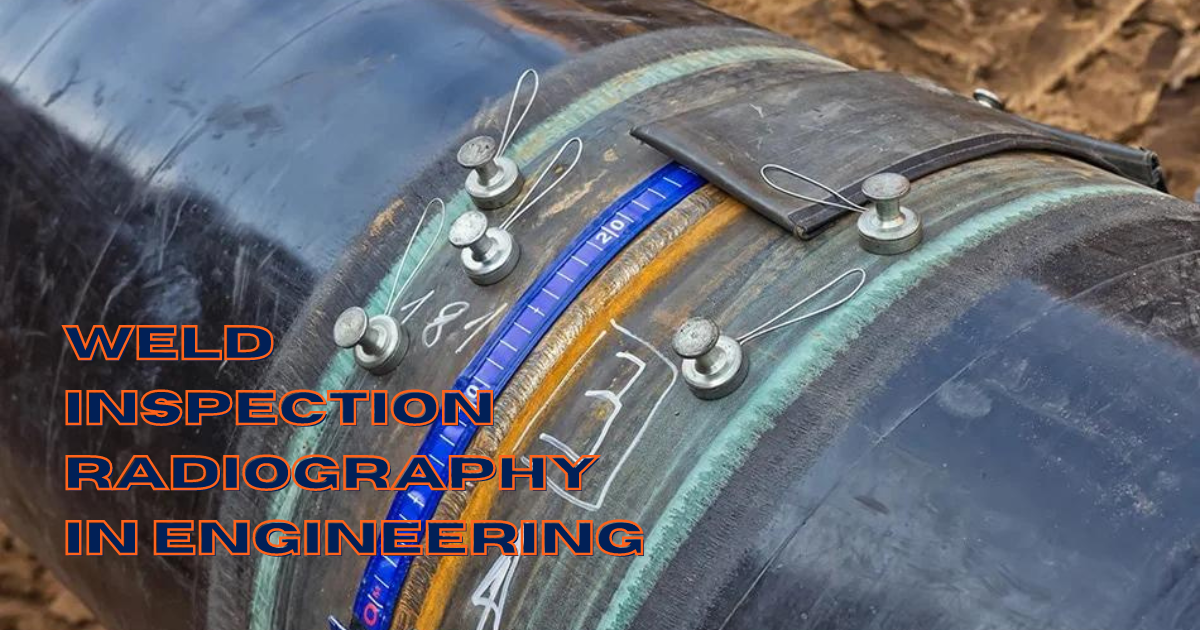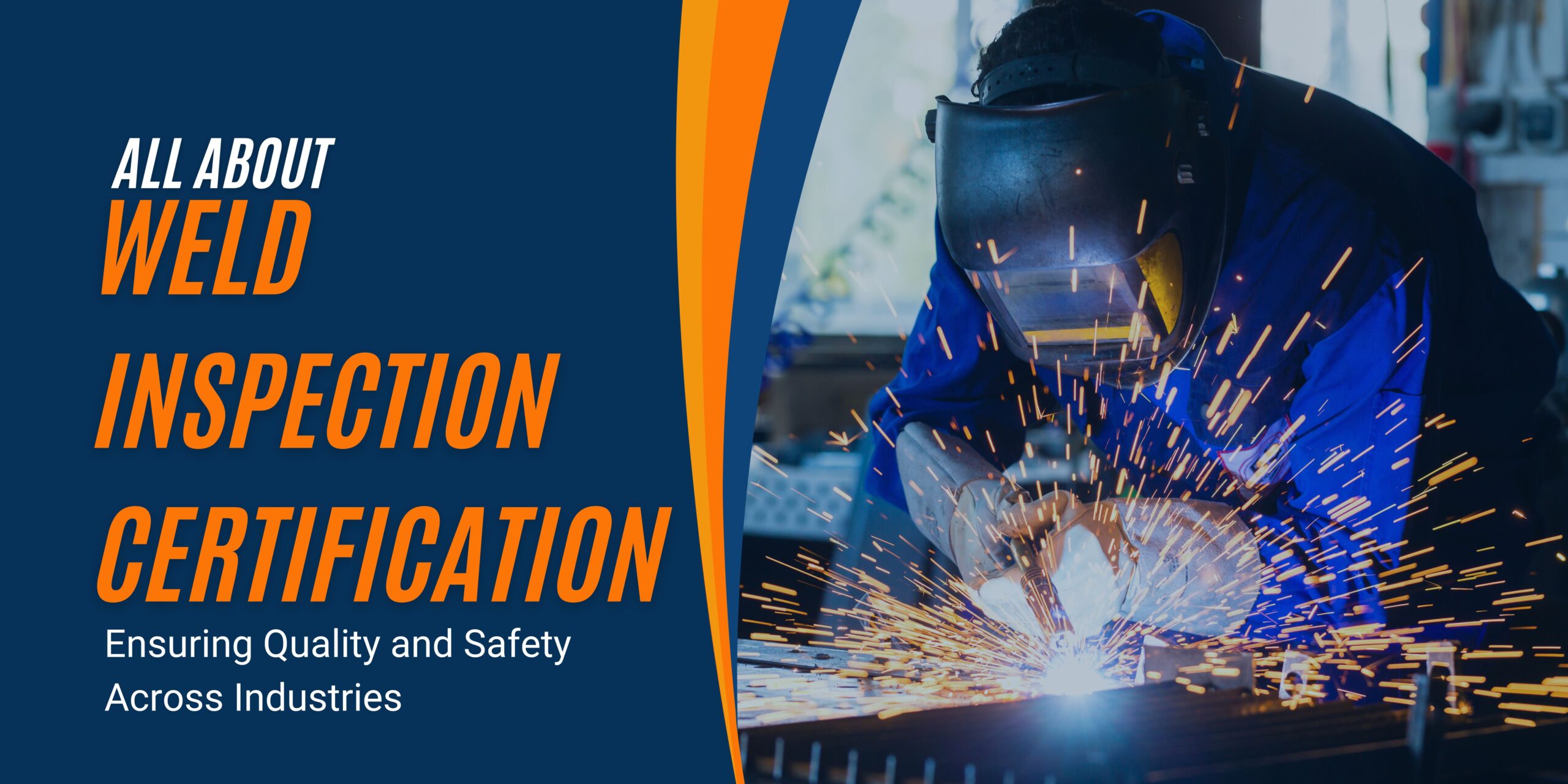The Function of Welding Inspection Racine in Preventing Structural Failings
The Function of Welding Inspection Racine in Preventing Structural Failings
Blog Article
Ingenious Techniques to Fillet Weld Evaluation and Testing: Enhancing Weld High Quality and Conformity Requirements
In the realm of welding, the quality and stability of fillet welds play a vital duty in guaranteeing the structural strength and reliability of different commercial components. With the constant drive for improved effectiveness and conformity with strict requirements, the expedition of innovative approaches to fillet weld examination and testing has ended up being necessary. As sectors advance, the traditional approaches might no longer be sufficient in fulfilling the demands of modern-day welding applications. By welcoming innovative technologies and techniques, a brand-new perspective of possibilities arises in the world of weld quality analysis and adherence to compliance standards.
Advanced Non-Destructive Testing Techniques
Making use of advanced technologies, advanced non-destructive screening methods play a critical role in making sure the integrity and quality of fillet welds. These techniques, such as phased array ultrasonic screening (PAUT) and magnetic bit testing (MPT), deal detailed understandings into the weld's interior structure without creating any damage to the product. PAUT, for instance, makes use of numerous ultrasonic elements to check the weld from numerous angles, providing a comprehensive visualization of potential defects like absence of blend or fractures.
Likewise, MPT is effective in discovering surface-breaking problems by applying an electromagnetic field and iron particles to the weld location. This method is especially helpful for recognizing interruptions that may compromise the weld's stamina. By using these advanced non-destructive screening methods, weld assessors can properly analyze the high quality of fillet welds, making certain compliance with sector requirements and laws. The capability to identify problems at an early stage not only boosts weld top quality however likewise stops pricey rework or failures in structural stability, underscoring the importance of these innovative screening techniques in welding examinations.
Robotics and Automation in Examination
The assimilation of robotics and automation has changed the examination process for fillet welds, boosting efficiency and accuracy in quality assessment. Robotics offer accurate control and repeatability in checking welds, making certain dependable and constant outcomes. Automated systems can be configured to follow specific examination courses, guaranteeing comprehensive coverage of welds and reducing the threat of human mistake.
Robot examination systems outfitted with sophisticated sensors can discover and determine weld functions with high precision, providing thorough information for analysis. These systems can recognize flaws such as fractures, lack of combination, and porosity, enabling prompt restorative activities to be taken. Additionally, robotics and automation permit real-time data collection and analysis, supplying instant responses to drivers and promoting quick decision-making procedures.
Moreover, using robotics and automation in fillet weld inspection boosts overall efficiency by lowering examination times and boosting examination throughput. By improving the examination procedure, suppliers can make sure weld high quality and conformity requirements are satisfied successfully, inevitably bring about set you back financial savings and improved product top quality.
Utilizing Expert System for Analysis
Fabricated intelligence plays a pivotal role in boosting the efficiency and precision of analysis in fillet weld evaluation procedures. AI algorithms can quickly refine large quantities of data from weld assessments, discovering defects or incongruities their explanation that may be challenging to recognize with the nude eye - Welding Inspection Racine.
Additionally, AI systems can learn from past examination information, continuously enhancing their capability to identify potential problems and inconsistencies in fillet welds. This flexible knowing capability boosts the total top quality control process, reducing the probability of human mistake and making certain that welds meet the needed requirements. By integrating synthetic intelligence right into fillet weld evaluation, industries can attain higher levels of performance, consistency, and compliance in their evaluation techniques.
Portable Tools for On-Site Evaluation
 Enhancing area inspection effectiveness, the fostering of mobile tools changes on-site assessment procedures for fillet welds. These tools use versatility and convenience, allowing examiners to perform extensive assessments in numerous areas, consisting of tough or remote settings. Portable tools such as ultrasonic testing gadgets, magnetic particle examination equipment, and electronic radiography systems supply real-time data and high-resolution imaging abilities, enabling fast decision-making and immediate feedback on weld high quality.
Enhancing area inspection effectiveness, the fostering of mobile tools changes on-site assessment procedures for fillet welds. These tools use versatility and convenience, allowing examiners to perform extensive assessments in numerous areas, consisting of tough or remote settings. Portable tools such as ultrasonic testing gadgets, magnetic particle examination equipment, and electronic radiography systems supply real-time data and high-resolution imaging abilities, enabling fast decision-making and immediate feedback on weld high quality.One significant benefit of portable devices is their ability to improve inspection procedures, reducing downtime and boosting total productivity. Inspectors can conveniently transport these devices to various work sites, eliminating the demand for moving hefty equipment or components to off-site centers. In addition, the portability of these devices advertises cost-effectiveness by decreasing transportation costs and accelerating evaluation timelines.
Furthermore, making use of mobile devices for on-site assessment promotes aggressive high quality control measures, as inspectors can without delay identify and resolve any type of potential welding flaws or discrepancies. By including these innovative innovations into on-site inspection methods, welding professionals can guarantee compliance with industry requirements and enhance weld high quality, inevitably causing enhanced structural honesty and safety and security in various welding applications.
Integration of Data Monitoring Solution
Having actually maximized on-site evaluation procedures via the usage of mobile devices, the next phase involves the smooth integration of information administration systems to additionally enhance effectiveness and check over here data analysis abilities in fillet weld evaluation and screening. Welding Inspection Racine. By integrating data management systems right into the inspection procedure, companies can streamline information collection, storage, and evaluation. This integration allows for real-time monitoring of weld top quality, instant recognition of issues, and punctual decision-making to remedy any type of concerns that might occur throughout the examination procedure
Information administration systems play a vital role in streamlining assessment data, promoting easy access for licensed employees, and guaranteeing information stability and protection. With the integration of these systems, assessors can generate detailed records, track historical information for fad evaluation, and improve general process performance. The integration of data management systems enables smooth communication in between different stakeholders involved in the examination process, promoting partnership and boosting total high quality control procedures. Ultimately, the combination of information monitoring systems serves to raise the criteria of fillet weld evaluation and screening, guaranteeing conformity with sector laws and improving weld quality.
Final Thought
To conclude, cutting-edge techniques to fillet weld examination and testing have actually substantially boosted weld quality and compliance requirements. Advanced non-destructive screening techniques, robotics, automation, fabricated intelligence, portable devices, and information web monitoring systems have actually reinvented the way weld assessments are carried out. By using these technologies, sectors can ensure that welds meet the called for quality requirements and guidelines, inevitably boosting total effectiveness and security in welding processes.

By employing these advanced non-destructive testing strategies, weld inspectors can properly assess the top quality of fillet welds, making sure compliance with sector standards and policies. Mobile devices such as ultrasonic screening devices, magnetic particle evaluation equipment, and electronic radiography systems supply real-time data and high-resolution imaging abilities, allowing fast decision-making and prompt comments on weld quality.
Having actually enhanced on-site examination processes with the application of mobile devices, the following stage involves the smooth integration of information administration systems to better improve effectiveness and information analysis capabilities in fillet weld assessment and testing (Welding Inspection Racine). Ultimately, the combination of information administration systems serves to elevate the criteria of fillet weld examination and screening, ensuring compliance with sector policies and enhancing weld quality
 In final thought, cutting-edge methods to fillet weld assessment and screening have actually substantially improved weld quality and conformity requirements.
In final thought, cutting-edge methods to fillet weld assessment and screening have actually substantially improved weld quality and conformity requirements.Report this page